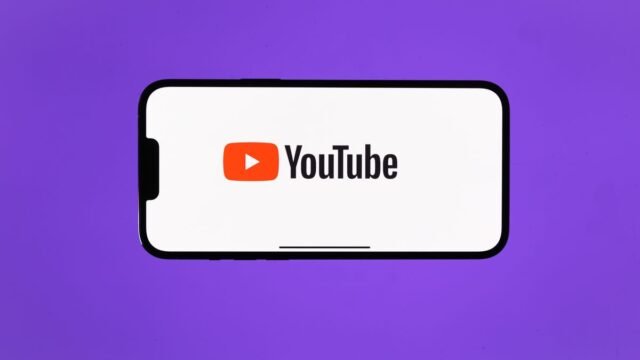This popular solution for sharing a YouTube Premium family plan with friends and family in different homes is now squarely in Google’s crosshairs. A new wave of enforcement has begun, with subscribers reporting that they’ve received emails warning them that their account access will be suspended. The ultimatum is clear: Confirm that all members live at the same address within 15 days or lose your premium benefits. And now it’s something you should be wary of, whether you plan to stream videos or listen to music with ads, both of which you can still do if the service is suspended.
While the “same household” requirement has always been in the terms of service, this recent crackdown marks a significant shift from passive policy to active practice. For anyone who ignores the notice, the consequences are a quick downgrade to YouTube’s ad-supported tier, a jarring change for those who are used to ad-free and offline downloads.
Don’t miss any of our unbiased tech content and lab-based reviews. Add CNET as a preferred Google source in Chrome.
A YouTube spokesperson told CNET, “Our Family Plan policy has not changed, and we are continuously enforcing it.” You can learn more about YouTube’s Family Plan here .
On its support page, YouTube says that an account manager can add up to five family members to a household for participation. But, the post says, “family members sharing a YouTube Family Plan must live in the same household as the family manager.” Groups can only be changed once every 12 months.
YouTube has been testing a two-home plan that would offer a discount for those who want to share, but that plan isn’t yet available in the US.
YouTube offers a one-month trial for its premium and music accounts, which cost $23 per month.
Subscription sharing suppression
YouTube joins other paid services that have begun implementing policies to reduce sharing of premium services.
Disney Plus and Netflix were among the services that began discouraging, and then actively blocking or restricting, accounts they found sharing passwords. Max joined them this year, introducing an $8 USD fee for those who want to share their account with one other person.
Similarly, Amazon is ending a program that allowed sharing of its Prime service, requiring those who don’t live in the same residence to use their paid Prime accounts for things like receiving packages for free. Amazon’s Prime invite-only benefit sharing program is ending on October 1.
The enforcement is intended to help recoup the revenue these companies claim they lose when people use someone else’s premium account instead of paying for their own.
“It’s not hard to see why streaming services feel the need to change. After all, the revenue to spend on new content or improved experiences has to come from somewhere,” says Carl Lepper, senior technology, media and telecommunications (TMT) intelligence at J.D. Power.
“The calculation by streaming companies seems to be that limiting password sharing and account access will lead to more subscribers. You could argue the same for any kind of subscription service. It’s pretty intuitive. There’s a lot of evidence from media coverage that it works, at least initially,” Lepper says.
Does it work in the long run? Lepper tells CNET that companies need to balance implementing their policies with “not flagging” existing customers or preventing potential customers from getting a chance to see what their service has to offer and perhaps eventually convert to their account.
The enforcement itself is not free, he points out. “Streamers themselves have to dedicate the time and resources to implementing such policies,” Lepper says.















